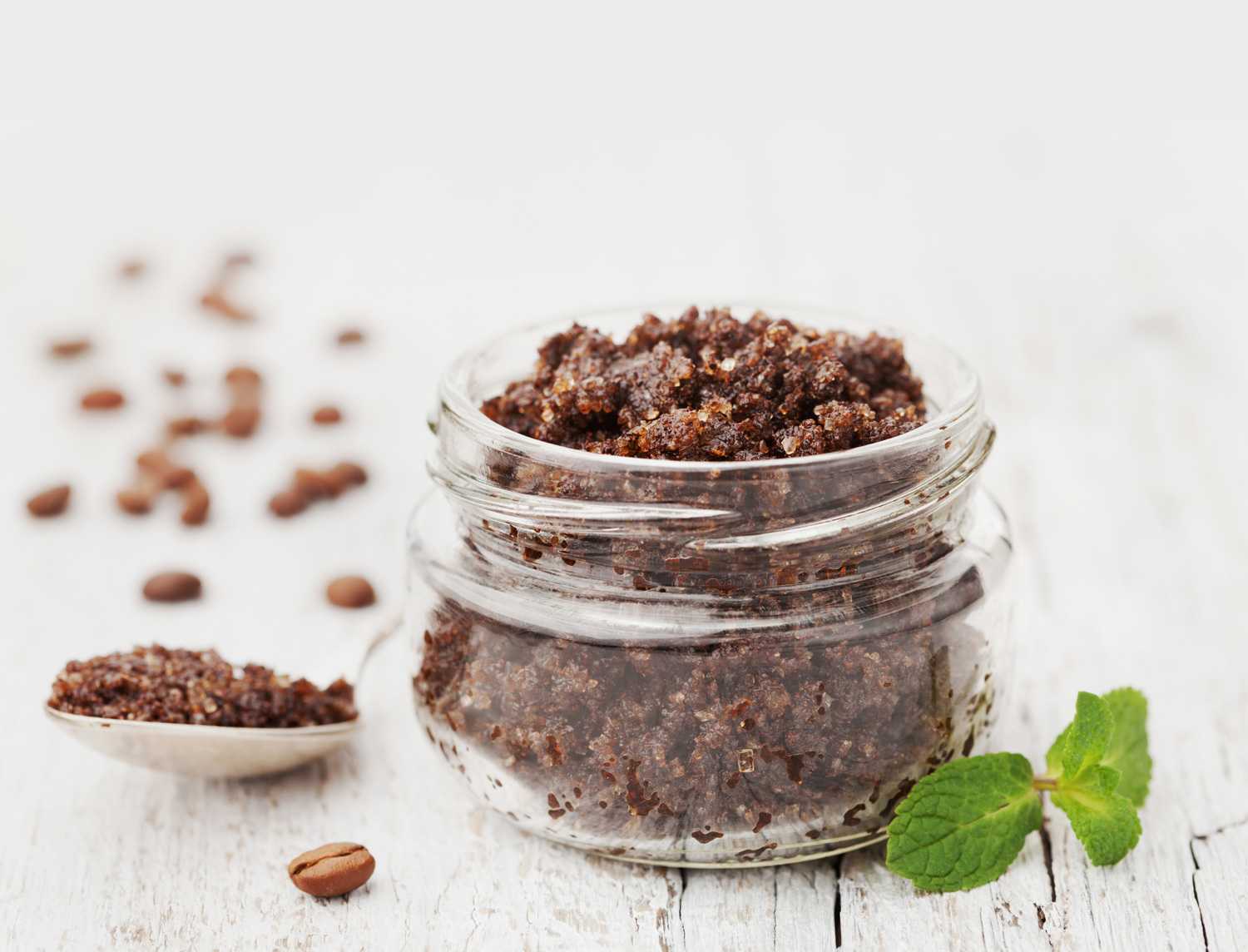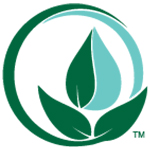We all know that sustainability is in, and many brands have been working hard to ensure they are formulating with less water. As it becomes a more protected resource, brands will have to make considerations for how that will impact their product choices. The industry will most likely be seeing an increase in anhydrous (water-free) products, as well as more transparency on how the water used in emulsions is sourced. We’ll be addressing water use in cosmetics in the upcoming year, and hope you will too!
What Sustainability Means with Water Use in Cosmetics
If creating emulsions such as lotions and creams, it will become increasingly important to ensure you are sourcing your water as sustainably and responsibly as possible, and are transparent about where the water is coming from. The issue is mainly about water scarcity and excess water use in cosmetics. If your supplier is in a drought-prone territory like southern California, perhaps consider getting the most water-intensive ingredients from elsewhere. Additionally, you can ask your supplier about their water use in production. If a supplier is conscious of water usage and working to minimize it, that’s certainly a good start. Happily, in our location in Oregon we are lucky and are usually free from water shortages, but we always endeavor to reduce excess water usage.
Water impacts sustainability in other less obvious ways as well. These are primarily transportation and shelf-life. Water is often the heaviest ingredient in cosmetic formulations, or at least the most plentiful. This can significantly impact shipping costs (as you all know!), and that directly relates to how much fuel is used in transit. Less water typically (though less so with oils) means a lighter and more sustainably-shipped product.
When products are anhydrous (without water) there is less of a need for preservatives. Preservatives, in general, have a bad name in cosmetics, fairly or unfairly, but reducing their use can appeal to a large market. Things like clay face masks might normally require a strong preservative such as parabens, but if kept as a powder with water added only at the time of use adding parabens can be completely avoided.
Below are some great examples of products that can be formulated without the use of water. Many of the below products are part of an exciting trend–they more easily customized by having the consumer add their desired amount of water or other liquid at the time of use. For example, a powder face mask allows the end user to add their own desired amount of water, or oils, or yogurt, or anything else, potentially reducing the use of water in cosmetics but staying on trend with the market.
Anhydrous Products Examples
- Balms
- Cleansing Balms
- Butters
- Salves
- Oil Blends
- Serums
- Hair Products
- ‘Lotion’ Bars
Products that can have water added at time of use (therefore limiting the amount used)
- Powder Face Masks
- Body Cleansers/Washes/Exfoliators
- Scrubs and Polishes
- Scrub Bars
- Foaming Cleanser Paste (just add water)
- Bath Products
- Bubble Bath
- Bath Oils
- Bath Bombs
- Bath Jellies
- Bath Salts
- Shampoo Bars
- Tooth Powder
- Makeup
- Powders
Want to learn more about where the water used in our products comes from? You can read about the efforts Oregon is making towards enhancing sustainability efforts needed to better address the State’s water supply needs here (https://sos.oregon.gov/audits/Documents/2016-33.pdf).


